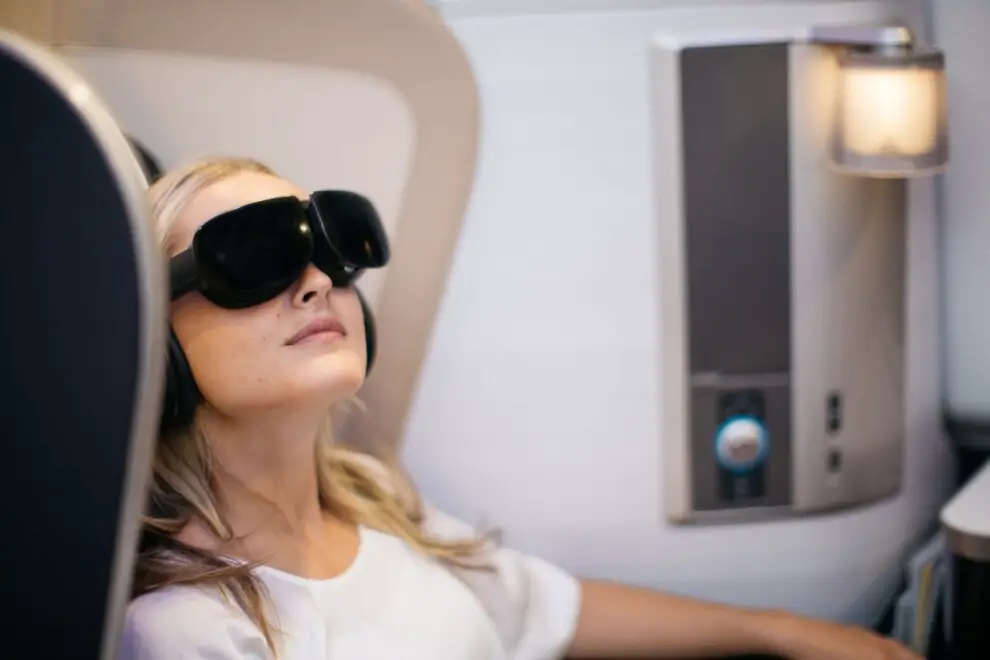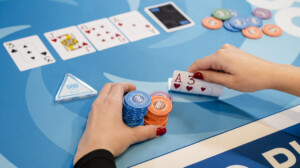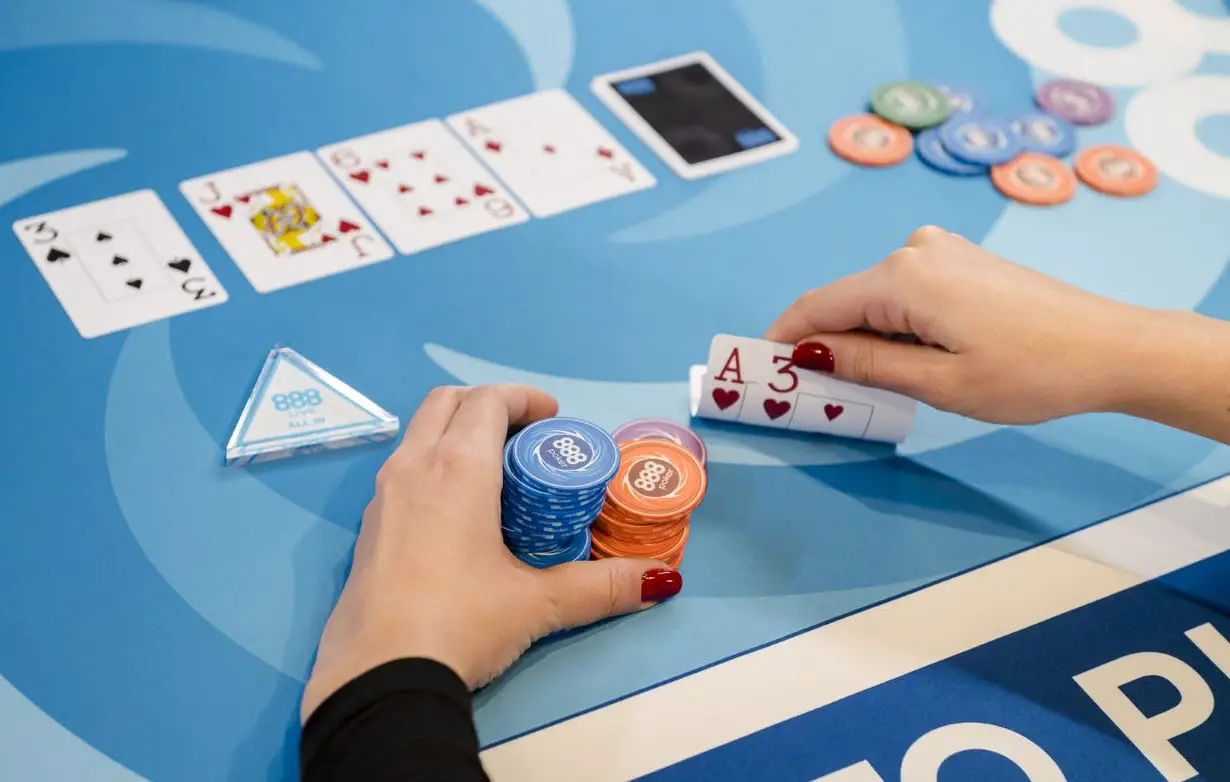Virtual Reality is one of the next big technological possibilities. VR is on the precipice of becoming something hugely influential in society. It’s why VR should be considered by app developers. Headsets are getting cheaper, better, and more available. Because of that, more companies are dipping their toes in the world of VR and augmented reality.
Flying can often be a painful experience, especially if it’s a long-haul flight. Airlines know this and take steps to ensure that everything is as enjoyable as possible for their guests. In-flight food and drink is one thing, but the selection of media available to stream on-demand is another. Now, British Airways is taking this to another level or, rather, to another dimension.
BA has started handing out VR headsets to its first-class passengers for certain flights. For what seems like a trial initiative, passengers travelling from London Heathrow to New York City’s JFK will be offered one of the headsets. The flight is roughly eight hours which will give travellers a good chunk of time to test out the new features which are being operated by SkyLights.

“We are always looking at the latest technology to enhance our customers’ experience on the ground and in the air,” said BA’s Head of Inflight Product, Sajida Ismail.
“Virtual reality has the power to revolutionise in-flight entertainment and we’re really excited to trial these new glasses as they should create a unique and memorable journey for our First customers”.
The VR headsets are said to be loaded with therapeutic programmes including ‘guided meditation and sound therapy’. This is aimed to help passengers through the stress and anxiety caused by air travel. But there is also everything else you’d expect from in-flight entertainment. Movies, music, and television shows are already to stream in the headset.
It’s an interesting approach to VR but BA isn’t the first company to utilise this technology for entertainment purposes. Many firms are utilising the strengths of this technology in all sorts of unique and interesting ways.
Video gaming is the most common. Sony released PlayStation VR in 2016 and has since sold over 4.2 million units. It’s a long way from their early plans for the console. This is thanks to collaborations with some of the biggest names in gaming. Titles like Beat Saber have proven hugely successful, as has Iron Man which was developed in partnership with Marvel. On desktop computers, services like Steam have been hugely useful in the quest to bring VR gaming to the masses. That’s one of the reasons why Linux could overtake Windows.
Europe’s first VR cinema opened in Amsterdam in 2015, giving fans a unique twist on the medium. The company has since started pop-up events but many others have followed suit. Theatres in the UK have started VR cinema events but it isn’t just limited to film. Several years ago, a theatre troupe put on a production of Sleep No More in full virtual reality. This allows users the unique taste of a live event wherever they are.
VR transports users to faraway places. Many companies have harnessed this ability for use in entertainment. Betway has utilised VR for an online casino, bringing the thrills of a real casino setting to people’s homes. But VR can transport a user anywhere, including into the past. Museums from the Smithsonian to the National Museum of Natural History in London have used the technology for VR exhibitions. This gives guests a unique glimpse into the past as well as explaining more information about their respective catalogues.

But there are plenty of more pulse-raising options. VR Coaster upgrades existing roller coasters with virtual reality technology, adding a new element to the rides. The Great Lego Race has operated in LegoLand Florida since 2018. Another unique use for the tech is in live events. Music festivals like Coachella have found a use for the tech while some of the biggest artists on the planet have put on VR concerts.
NextVR has collaborated with some of the biggest names in the sport to bring live events to headsets across the world. Users can be immersed in everything from the boxing ring to the American football stadium from the comfort of their own homes. This opens up new possibilities for both spectators and broadcasters.
It’s an exciting time to be involved in virtual reality. The technology has broad applications which are being utilised by any number of different companies. Brands as large as British Airways, Sony, and the NFL have made use of the tech but there are still so many possibilities. The applications for VR are so broad that we are still just scratching the surface.







